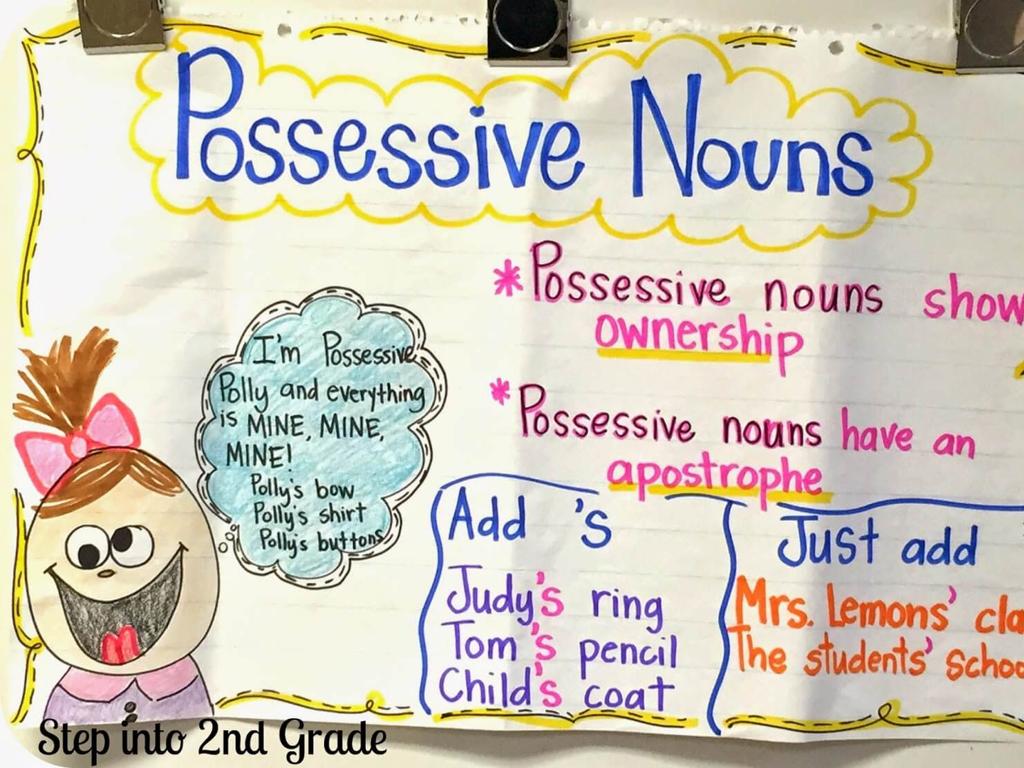Subtract By Counting Back - Up To 20
Subject: Math
Grade: First grade
Topic: Subtraction Strategies Up To 20
Please LOG IN to download the presentation. Access is available to registered users only.
View More Content
Welcome to Subtraction!
– Learning to take away numbers
– Subtraction means counting backwards
– If you have 5 apples and eat 2, you count back to find out how many are left.
– Practice with numbers up to 20
– We’ll subtract smaller numbers from 20 or less, like 15 – 4.
– Fun subtraction activities
– Use toys or fingers to make it easy to see how subtraction works!
|
This slide introduces the concept of subtraction to first graders by relating it to the familiar activity of counting, but in reverse. Emphasize that subtraction is simply ‘taking away’ and can be visualized as counting backwards. During the lesson, use physical objects like blocks or counters to demonstrate subtraction problems, allowing students to engage with the material in a hands-on way. Encourage the students to use their fingers or draw pictures to solve subtraction problems. Plan a variety of activities where students can practice subtracting numbers up to 20, ensuring they understand the concept through repetition and fun games.
Understanding Subtraction
– Subtraction means taking away
– Imagine you have 5 apples and you give away 2, now you have 3.
– Find out how many are left
– If you start with 10 crayons and 4 are taken away, you count back to see 6 remain.
– Like eating cookies from a pile
– Think of having 10 cookies; if you eat 2, count back to find out 8 are left.
|
This slide introduces the concept of subtraction to first graders by relating it to a tangible experience such as eating cookies from a pile. Explain that subtraction is simply the process of taking something away from a group and finding out what’s left. Use real-life examples like sharing apples or crayons to illustrate the point. Encourage students to visualize the action of removing items and counting the remaining ones. This will help them grasp the concept of ‘taking away’ in a fun and relatable way. Reinforce the idea by having them practice with physical objects in class.
Counting Back: A Subtraction Strategy
– What does ‘counting back’ mean?
– It’s like hopping backwards on a number line.
– Let’s practice counting back
– Starting at 10, hop back 3 steps to 7.
– Using fingers to count back
– Hold up 10 fingers, put 3 down, and count the rest.
– Counting back helps us subtract
|
This slide introduces the concept of ‘counting back’ as a visual and physical way to understand subtraction. Use a number line on the board to demonstrate counting back from a number. For example, start at 10 and count back 3 to land on 7. Encourage students to use their fingers as a counting tool, which is a practical way for them to visualize subtraction. Start with all fingers up for the initial number, then put down the number of fingers to subtract, and count what’s left. This method reinforces the concept of subtraction as taking away. During the activity, walk around the classroom to ensure students are engaging with the concept and using their fingers correctly. Offer praise and assistance as needed.
Let’s Practice Subtraction by Counting Back!
– Start with 10 fingers up
– Put 4 fingers down
– Count the fingers still up
– How many are left? This is 10 – 4.
– Understand counting back
– Counting back from 10 helps us find the answer to 10 – 4.
|
This slide is an interactive class activity designed to help first graders understand the concept of subtraction by counting back. Start by showing them how to hold up 10 fingers, which represents the total number. Then, instruct them to put down 4 fingers, which represents the amount we are subtracting. Ask the students to count the number of fingers still up to find the answer to 10 – 4. Emphasize that counting back is a useful strategy for subtraction. For the activity, you can have students practice with different numbers, ensuring they grasp the concept of counting back to subtract. Possible variations for the activity could include using objects like blocks or beads, working in pairs, or playing a subtraction game.
Subtracting with Objects
– Subtract by taking objects away
– Example: 8 blocks minus 3 blocks
– If you start with 8 and take away 3, count back: 8, 7, 6, 5
– Count back to find the answer
– After taking 3 blocks away, 5 blocks will be left
– Practice with different objects
– Try using toys, crayons, or snacks to subtract
|
This slide introduces the concept of subtraction by physically removing objects, which helps first graders visualize the process. Start with a simple example using blocks, as they are easy to manipulate and count. Demonstrate how to count backwards from the total number of blocks to find out how many are left after some are taken away. Encourage the students to practice with various objects to reinforce the concept. The hands-on experience makes the abstract idea of subtraction more concrete and understandable for young learners. During the next class, have the students bring their favorite small items from home to practice subtracting in a fun and personal way.
Subtraction Story: Sharing Apples
– Start with 15 apples
– Give away 5 apples
– Count back from 15
– Subtract by counting backwards: 15, 14, 13, 12, 11, 10
– Discover how many are left
– After giving 5 away, you have 10 apples left!
|
This slide introduces a practical subtraction scenario to help first graders understand the concept of ‘taking away’ through counting back. Start by visualizing 15 apples, then physically or mentally give 5 away to a friend. Encourage the students to count backwards from 15 to find out how many apples are left. This exercise helps to solidify the concept of subtraction as ‘taking away’ and counting back as a strategy to find the answer. Reinforce the idea that subtraction means you end up with fewer items than you started with. During the activity, students can use their fingers or manipulatives to represent the apples and count back from 15 as they ‘give away’ each apple.
Class Activity: Subtraction Bingo
– Receive your Bingo card
– Listen to subtraction problems
– Problems like ‘5 – 3′ or ’10 – 6’
– Find and mark the answers
– Use your counting back skills to solve
– First to complete a line wins!
|
This interactive game is designed to help first graders practice and reinforce their subtraction skills by counting back, up to 20. Distribute the Bingo cards, each with a range of numbers up to 20. Call out simple subtraction problems and have the students find the answers on their cards. Encourage them to use their fingers or number lines to count back from the larger number to find the answer. Monitor the students as they play to ensure they are using the counting back strategy correctly. Prepare a small reward for the winners to motivate participation. Possible variations of the activity could include playing in pairs, using different shaped lines to win (like ‘X’ or ‘T’), or having a ‘full house’ game where all answers must be marked to win.






